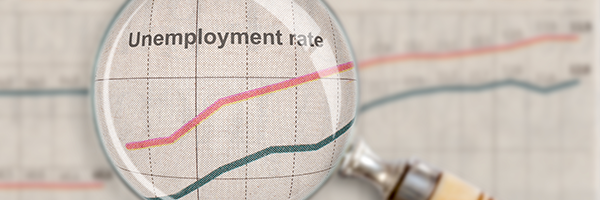Today’s employment report from the Bureau of Labor Statistics was the worst of both worlds.
The increase in jobs of just 142,000 in August, coupled with downward revisions from June and July was enough to raise fears that the economy is stalling. And that the Federal Reserve had waited too long to cut interest rates. The median forecast in a Bloomberg survey of forecasters called for 165,000 new jobs win the month.
But the employment number, which left the three-month average of new jobs created at the lowest since mid-2020, wasn’t bad enough to convince traders and investors that the Fed would cut interest rates by 50 basis points at its September 18 meeting. In fact on the CME FedWatch tool, the odds for a 50 basis point actually fell today to 31% from 40% yesterday. Odds for a 25 basis point interest rate cut rose to 69%.
To add to the uncertainty on how to interpret today’s jobs numbers,the unemployment rate edged down to 4.2%, the first decline in five mThe results: 142,000 jobs were created in the month of August, compared with economists’ expectations for 165,000. The unemployment rate ticked down to 4.2% from 4.3% in July.
The retreat from a 4.3% rate in July reflected a drop in temporary layoffs.
And the weak 142,000 number was actually a substantial improvement from the July report where jobs gains had been revised down to 89,000 that was revised down from 114,000.
I would read the number as confirming that the U.S labor market has slipped into a lower gear. But I’m not convinced–and this is the issue facing the Fed–that we’re witnessing just the first of a series of downshifts. Both the unemployment rate, at 4.2%, and the number of unemployed people, at 7.1 million,
changed little in August. True, these numbers are higher than a year earlier, when the jobless rate
was 3.8%, and the number of unemployed people was 6.3 million, but do they signal such a rapid decleration to warrant that the first interest rate cut should be a bigger than usual 50 basis point cut? I suspect that the Fed debate includes an intense argument about the danger of over-reacting and reigniting inflation.
Stocks didn’t like this degree of uncertainty. The Standard &B Poor’s dropped 1.73% and the NASDAQ Composite plunged another 2.55%. The yield on the 2-year Treasury slipped to 3.64%.That’s still substantially above the Fed’s current benchmark rate of 5.25% to 5.50%.


